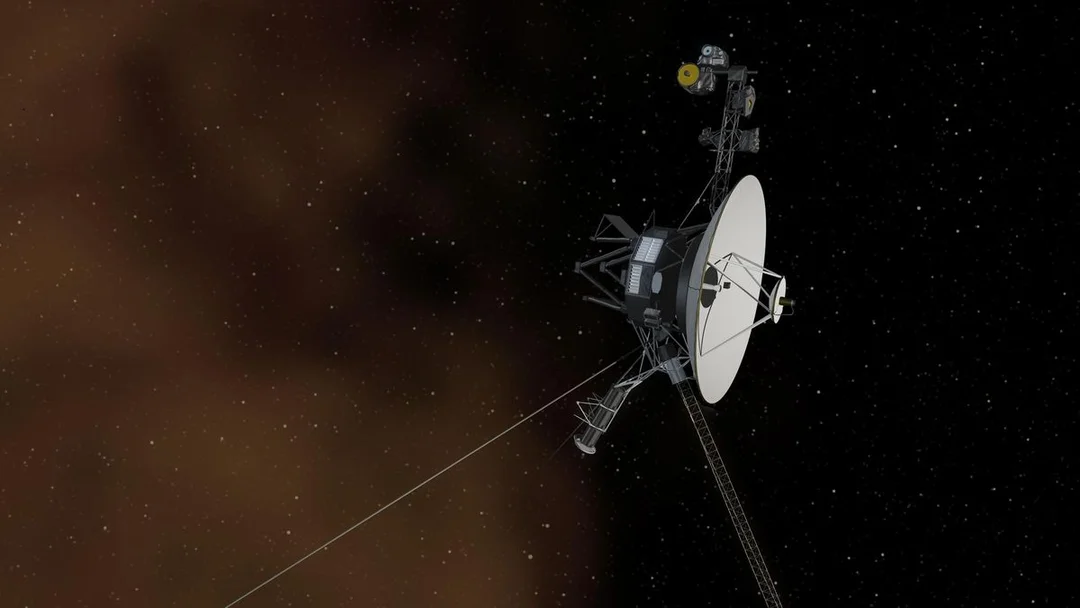
Voyager 1’s Lazarus Thrusters: NASA Pulls Off Deep Space Miracle 15 Billion Miles Away
In an astounding feat of engineering ingenuity, NASA has revived dormant thrusters on the Voyager 1 spacecraft, a probe hurtling through interstellar space 15 billion miles from Earth. These thrusters, inactive since 2004, were resurrected just in the nick of time, averting a potential communications blackout that would have severed ties with humanity's farthest flung emissary. This "miracle save," as described by NASA engineers, highlights the remarkable resilience and resourcefulness driving deep space exploration.
Launched in 1977, the twin Voyager spacecraft have far exceeded their original five-year mission, exploring the outer planets and eventually venturing into the uncharted territory of interstellar space. But after nearly half a century of operation, the spacecraft are facing the inevitable consequences of aging. The thrusters currently used to maintain Voyager 1's orientation towards Earth were showing signs of clogging. With a crucial antenna in Australia, responsible for communicating with the spacecraft, scheduled for extensive upgrades and downtime, NASA faced a critical juncture.
The clock was ticking. Engineers at the Jet Propulsion Laboratory (JPL) devised a daring plan to reactivate the long-dormant primary roll thrusters. 
The gamble paid off. On March 20th, after a nerve-wracking 23-hour wait for the signal to traverse the vast distance, the team witnessed the temperature of the thruster heaters rise dramatically, confirming their success. "It was such a glorious moment. Team morale was very high that day," recalled Todd Barber, the mission’s propulsion lead at JPL. “It was yet another miracle save for Voyager.”
With the Deep Space Network antenna in Canberra, Australia, undergoing upgrades until February 2026 (with brief operational windows in August and December), this reactivation ensures that Voyager 1 can maintain vital communication links with Earth. The upgrades to the antenna are crucial not only for the continued operation of deep space missions but are also necessary for the upcoming Artemis astronaut moon landings.
This remarkable achievement underscores the dedication and ingenuity of the engineers and scientists who continue to support the Voyager missions, even after decades of operation. As Suzanne Dodd, Voyager project manager, emphasized, these missions are building upon the discoveries Voyager made, highlighting the enduring scientific value of these pioneering spacecraft.
Voyager 1's continued journey through interstellar space offers a unique window into the distant boundaries of our solar neighborhood. What new discoveries await as it ventures further into the unknown? Share your thoughts and predictions in the comments below.